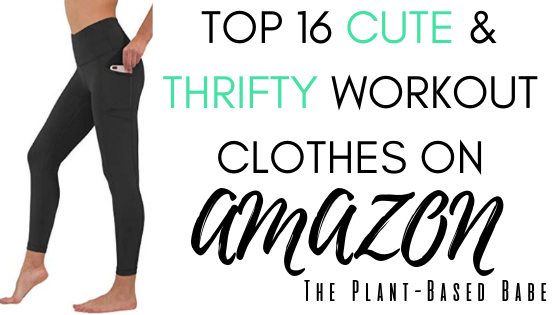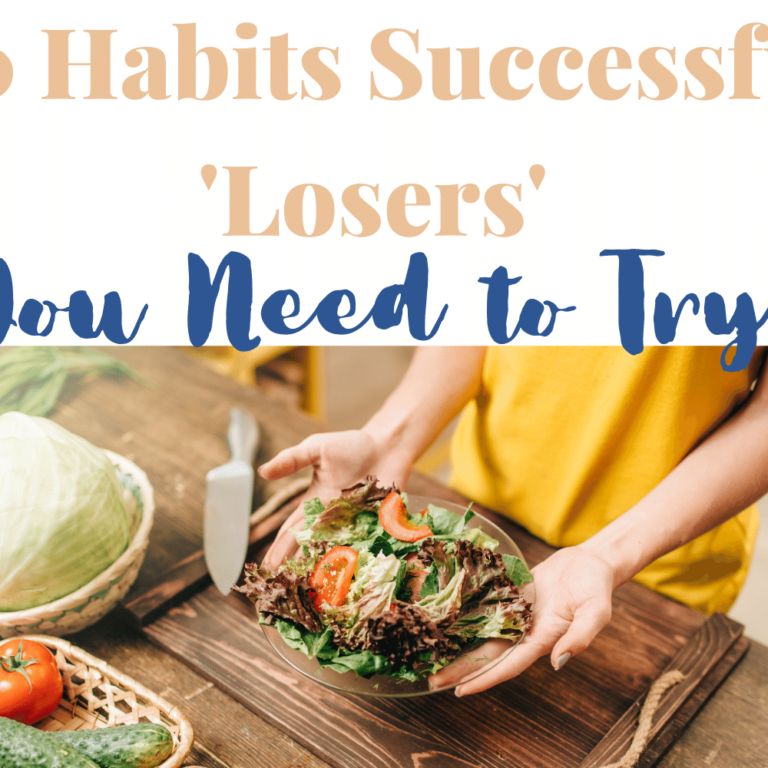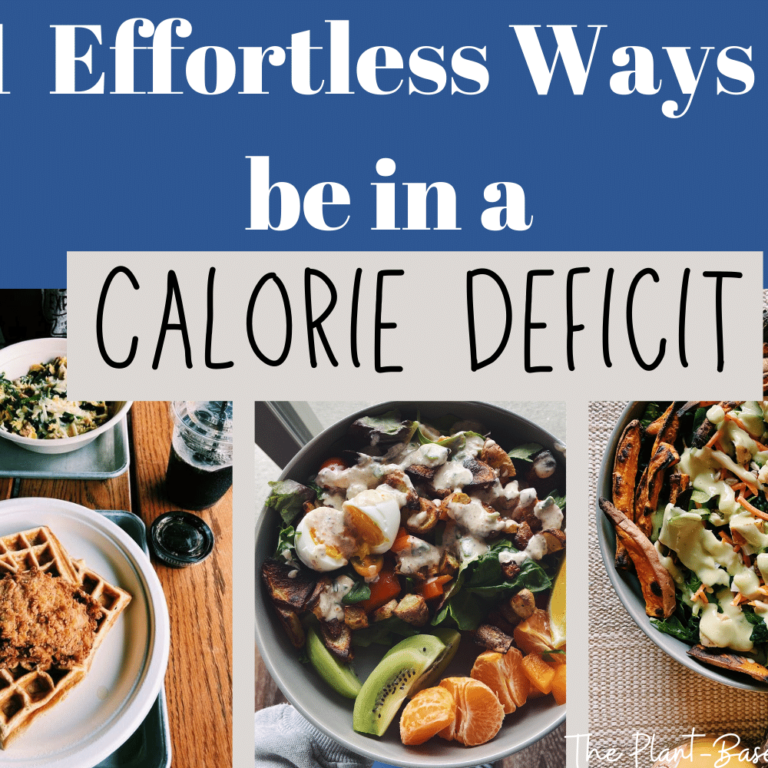Hello everyone!
It has been a hot minute since I have posted anything! I have been in school and have not had the time to post. However, I am back and have learned so much about health and nutrition topics and am excited to get started. If you have any topics or questions that you would like me to cover or ask professionals about, please let me know. I have a Plant-Based Babe Facebook page where you can message me, ask me questions, and engage with others of a like mind!
Today’s topic is all about Fiber! Here is a rundown of what we will talk about:
- Negative effects of a low fiber diet
- Benefits of a high fiber diet
- Different types of fiber
- Recommendations on the amount of fiber you should eat
- Finally, what foods contain this amazing compound called dietary fiber.
I hope you enjoy it, and if you do, please share my post with others so they can immerse themselves in a beautiful healthy lifestyle that God intended us to have.
SALE ALERT!! Hum Nutrition is having a sale on their vitamins for Memorial day! Check out my affiliate link to learn more 🙂 Memorial Day: Celebrating the kick-off to summer 15% off first orders of $29+ at HUM Nutrition with code MDW2021! Good until May 31!
Gut Instinct Probiotic to help with digestion, health and immunity, $26
Negatives of a low fiber diet:
Let’s keep it short, sweet and to the point. The reason I want to talk about the negatives of fiber is because a lot of people think it isn’t important because some fibers we can’t “digest” but in fact we technically can and need the bacteria’s that are found in the fibers of these foods. We will cover that later. First, here are the negatives of a low fiber diet:
- Heart disease
- High cholesterol
- IBS
- Constipation
- Poor gut health
- Bloating
- Low satiety
- Weight gain
- Poor blood sugar control
- Less energy

Benefits of a high fiber diet:
Again, we will keep this area… kind of short and sweet but I wanted to mention some facts from studies that I found and wanted you to know about gut health and microbiome in regards to fiber intake.
- A major decrease in disease (type 2 diabetes, heart disease etc)
- Increase microbiome health
- Weight loss
- Better blood sugar control
- Better satiety
- More energy
- Reduces type 2 diabetes
- Reduces stroke risk
- Feeds good gut bacteria
- Prevents constipation and bloating (but can also cause bloating if you eat too much!)
Higher fiber diets help you lose weight and reduce the risk for diseases (1)
- When mixed with a higher protein diet, high fiber intake can help reduce metabolic factors. High fiber diets are also shown to decrease fat on the body. This is amazing news. The study even mentions that it only takes small changes in order for it to show effects. This means that even just including a bit more vegetables or fruits can lower your risk of disease and raise HDL and lower LDL (bad) cholesterol.
Increased fibrous diet can help improve your gut health which can improve brain cognition (2)
– Fiber and its effects on the microbiome can affect brain health. The soluble fiber in certain foods can improve memory. It can also increase short-chain fatty acids which improvise gut health. When gut health is improved, you have less chance of disease and more focus! Pretty cool. Fiber can improve the gut microbiome and so can probiotics. When increasing both of these things, you will have better gut healing as well as decreasing anxiety and depression.
High fiber foods, from soluble fiber, increase short-chain fatty acids critical for microbiome and gut health (3)
- Soluble fiber provides the colonocytes which are more beneficial for the gut because they ferment into SCFA. Insoluble fiber does not. This one explains that focusing more on increasing fiber rather than reducing fat is more important for gut microbiome changes and improvements in metabolic health.

Different types of fiber:
Soluble fiber– the one that can easily ferment in the stomach and is most beneficial for improving gut health, and probably weight loss. This fiber also dissolves in water. This one becomes more like a gel and can pass through with the help of bacteria in the gut.
Insoluble fiber– This fiber does not dissolve in water. Insoluble fiber is the one that helps you go to the bathroom because it holds onto more water. You don’t technically digest this fiber. This is what makes it great for bathroom purposes. This one prevents constipation.
Both have the health benefits mentioned above! There are so many complicated definitions of these two fibers. I wanted to make this pretty clear and cut so you can remember these. It’s hard for me to remember as well.
As long as the nutrition label has dietary fiber listed in it, it has both types of fiber most likely. However, the foods mentioned below have more of one than the other.
Recommended intakes of Fiber
Female 26-35g
Male 35-45
You might need more fiber depending on health conditions and your lifestyle. If you eat pretty healthy, a higher amount might be normal for you. If you don’t eat as many fruits and vegetables, going on the lower end until you get used to eating fiber might be necessary. It might also be necessary to eat more fiber if you have more health issues. I say, test it out and see what you feel.
One of my dietetic teachers told me that if anyone has problems with losing weight, they might need to eat more than the recommended amounts of fibre.
28 Foods High in Fiber

Soluble Fibrous Foods:
- Rolled Oats or any kind of oatmeal
- Barely
- Black beans, lima beans, peas, pinto beans
- Brussels sprouts
- Avocado
- Flax and chia seeds
- Sweet potato
- Apples
- Strawberries
- Turnips
- Pears
- Oranges
- apples
- Dates or prunes
- Psyllium husk

Psyllium Husk, Chia Seeds, affiliate links to Amazon.
Insoluble Fibrous foods:
- Cucumber
- Celery
- Kiwi
- Root vegetables like potatoes or carrots
- Mango
- Lettuces or other mixed greens (spinach, kale baby lettuce, arugula)
- Zucchini
- Cauliflower and broccoli
- Nuts
- Legumes (lentils)
- Bran
- Whole wheat/ whole grain
- Brown rice

It’s important to note that all of these foods contain a mix of both insoluble and soluble fiber. Foods that have skins will have soluble fiber as well when you eat them. I think of apples or potatoes here. I love adding psyllium husk powder to smoothies, oatmeal, brownies, homemade baked goods and more. it adds soluble fiber and increases the nutrition of whatever you are eating.
That’s it! That is all I have on fiber. Essentially, the more whole foods you eat, the better you will feel and the more fiber you will have. Eating more fiber can help you go to the bathroom, decrease disease, lose weight, and have better brain function.
Join the Facebook group and follow me on Pinterest where I post weekly!
Don’t forget to Check out Hum Nutrition for a discount and your best healthy self yet! use discount code MDW2021 at checkout to get 15% off when you spend 29$ 🤩😍
Dacia
Genesis 1:29
“And God said, “See, I have given you every herb that yields seed which is on the face of all the earth, and every tree whose fruit yields seed; to you it shall be for food.”
Sources:
- Morenga LT, Williams S, Brown R, Mann J. Effect of a relatively high-protein, high-fiber diet on body composition and metabolic risk factors in overweight women. European Journal of Clinical Nutrition. 2020;(64):1321-1331. doi:10.26686/wgtn.12831869.v1
- Bourassa MW, Alim I, Bultman SJ, Ratan RR. Butyrate, neuroepigenetics and the gut microbiome: Can a high fiber diet improve brain health? Neuroscience Letters. https://www.sciencedirect.com/science/article/pii/S0304394016300775. Published February 8, 2016. Accessed May 18, 2021.
- Morrison KE, Jašarević E, Howard CD, Bale TL. It’s the fiber, not the fat: significant effects of dietary challenge on the gut microbiome. Microbiome. https://microbiomejournal.biomedcentral.com/articles/10.1186/s40168-020-0791-6. Published February 11, 2020. Accessed May 18, 2021.








